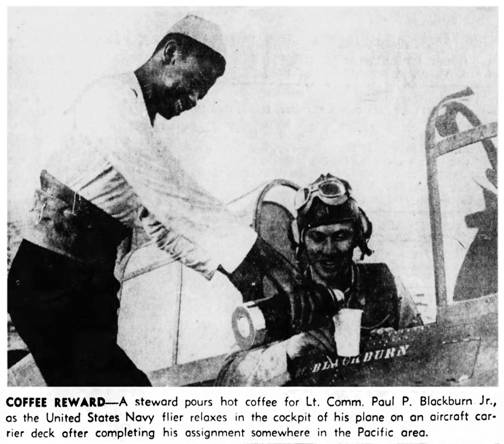Shortages Nonetheless
Although rationing mitigated some shortages, the supplies of certain grocery items, like meat and fish, were chronically low. People had to adapt. The old WW I practice of declaring "meatless" days was encouraged - if people or restaurants served meat on a meatless day, they were publicly scorned as unpatriotic.
National Geographic, July 1943
Even SPAM - yes, SPAM - could be in short supply at home. As the above ad apologetically explained, much of it was being sent to the military, where it doubtless was greatly appreciated. Right.
Sugar was always hard to find, from before the war, until two years after the war ended. It was the last item to be rationed.
Coffee quickly proved too difficult to ration. The initial approach was to let families purchase the equivalent of one cup per day for each family member who was at least fifteen years old. Imagine the hardship this imposed on merchants and the rationing program. How do you verify the age of everyone in millions of customers' households? How do you prove that someone's brother-in-law is living as part of the family? What about the customers' children who turn fifteen?

You can't be expected to fight a war without coffee, right?
Brooklyn Daily Eagle, January 9, 1943
Besides, it was so hard to find coffee at local stores that many Americans resorted to wannabe coffee products, which they drank either instead of, or in combination with, real coffee. Incidentally, there was no actual global coffee shortage. The problem was that the ships which traditionally had brought coffee to the U.S. now were needed for running other routes, with higher-priority cargos.

Brooklyn Daily Eagle, December 14, 1942
Less than a year after coffee was first rationed, it was removed from the ration list - rationing had not helped keep coffee on stores' shelves. Those coffee substitutes would be around for a while.
***

